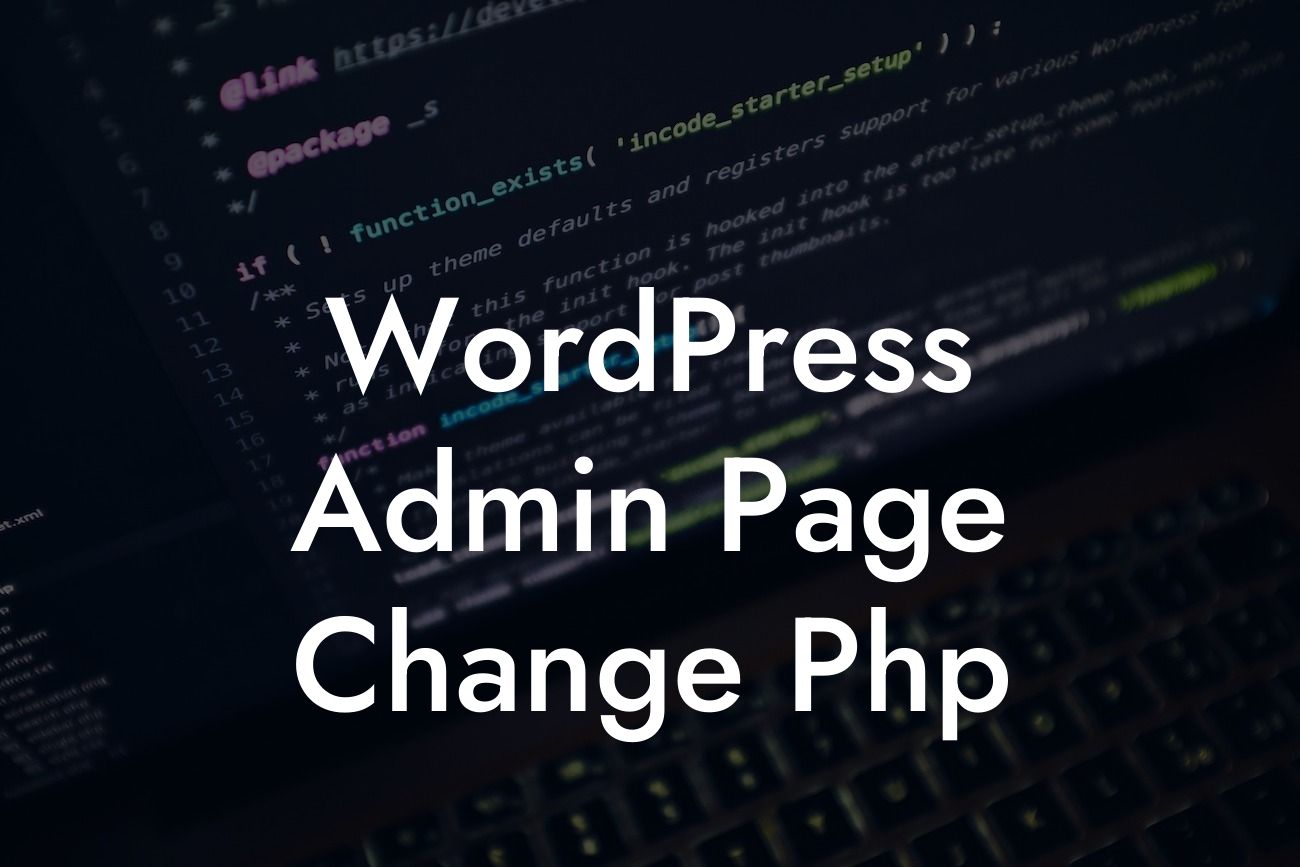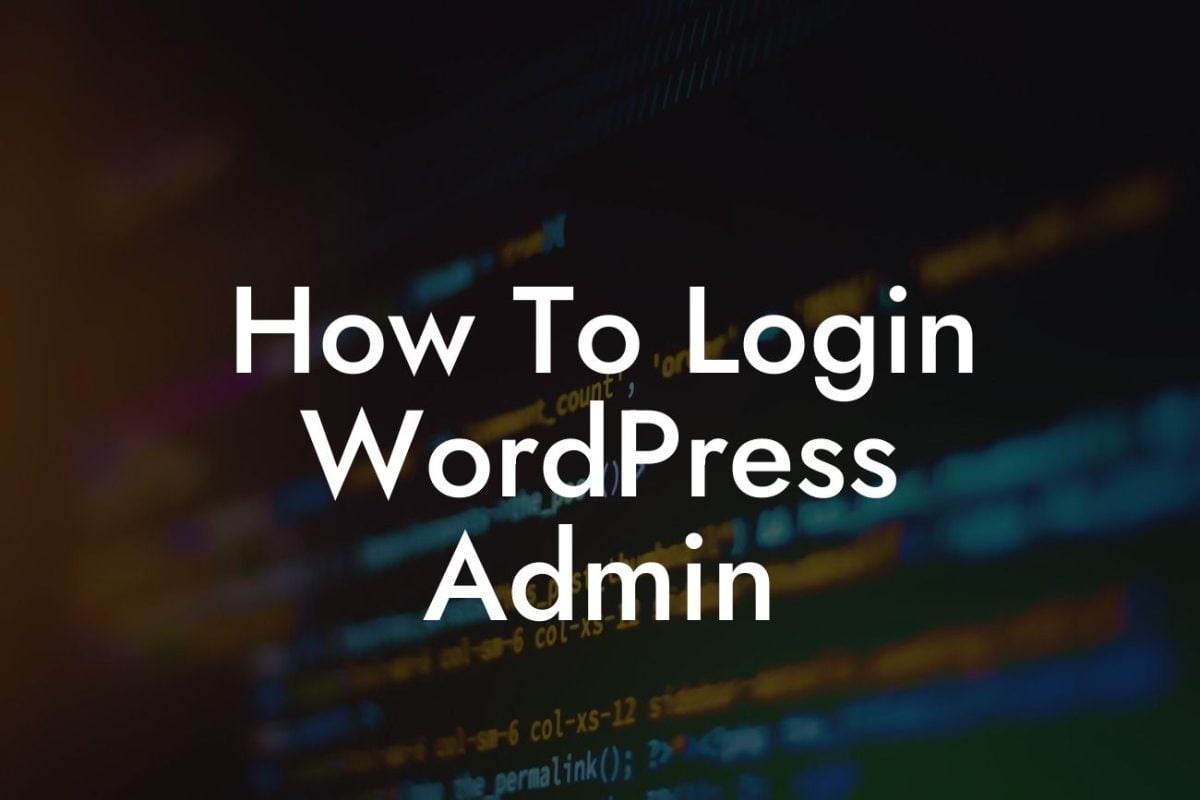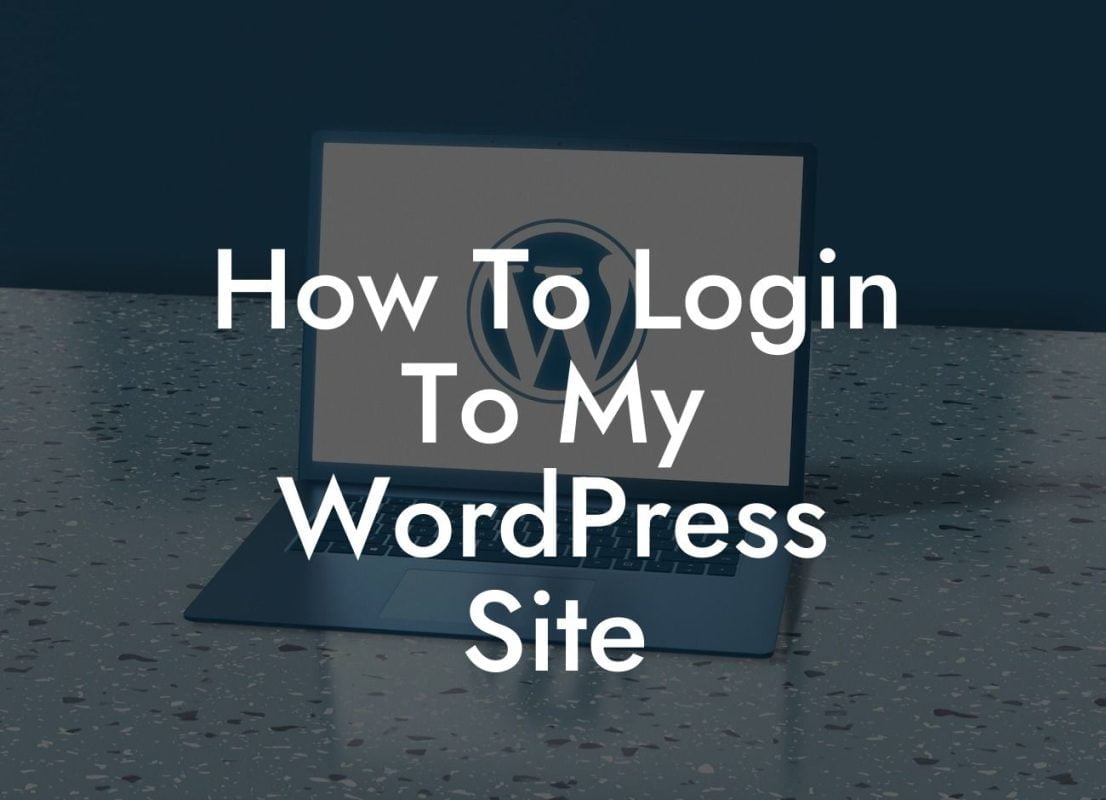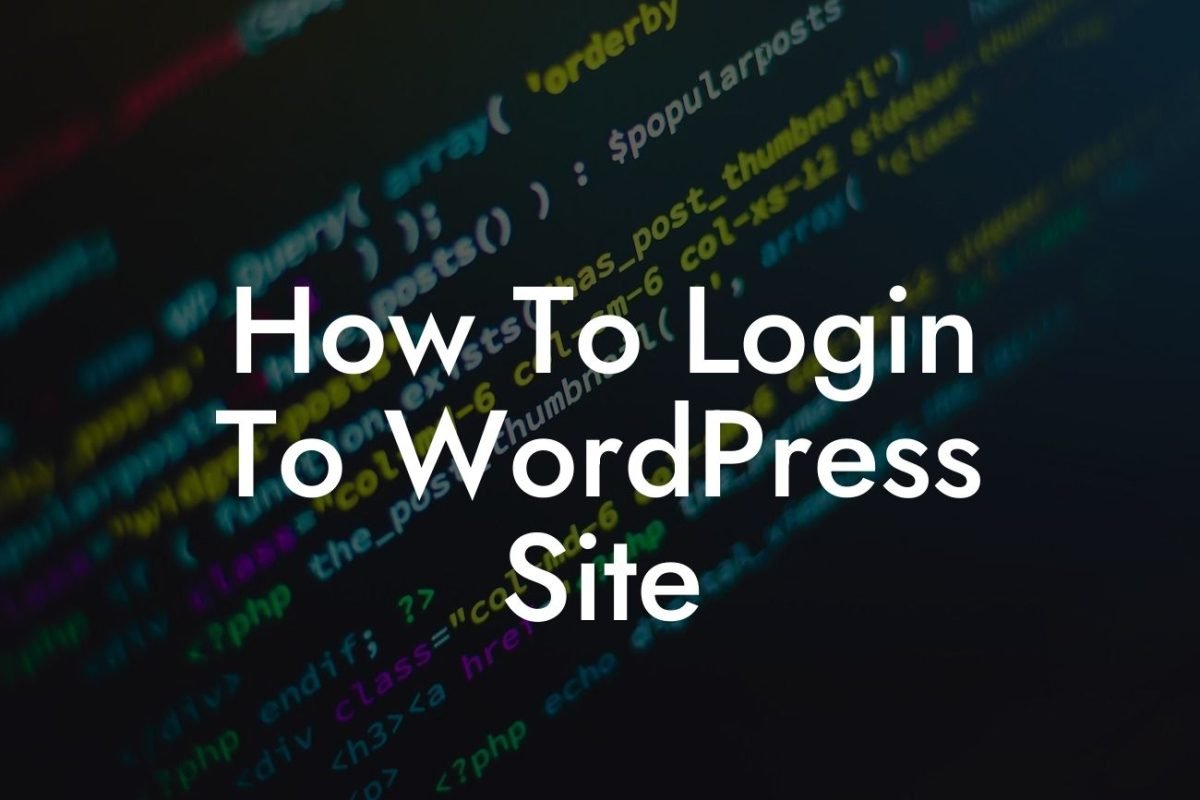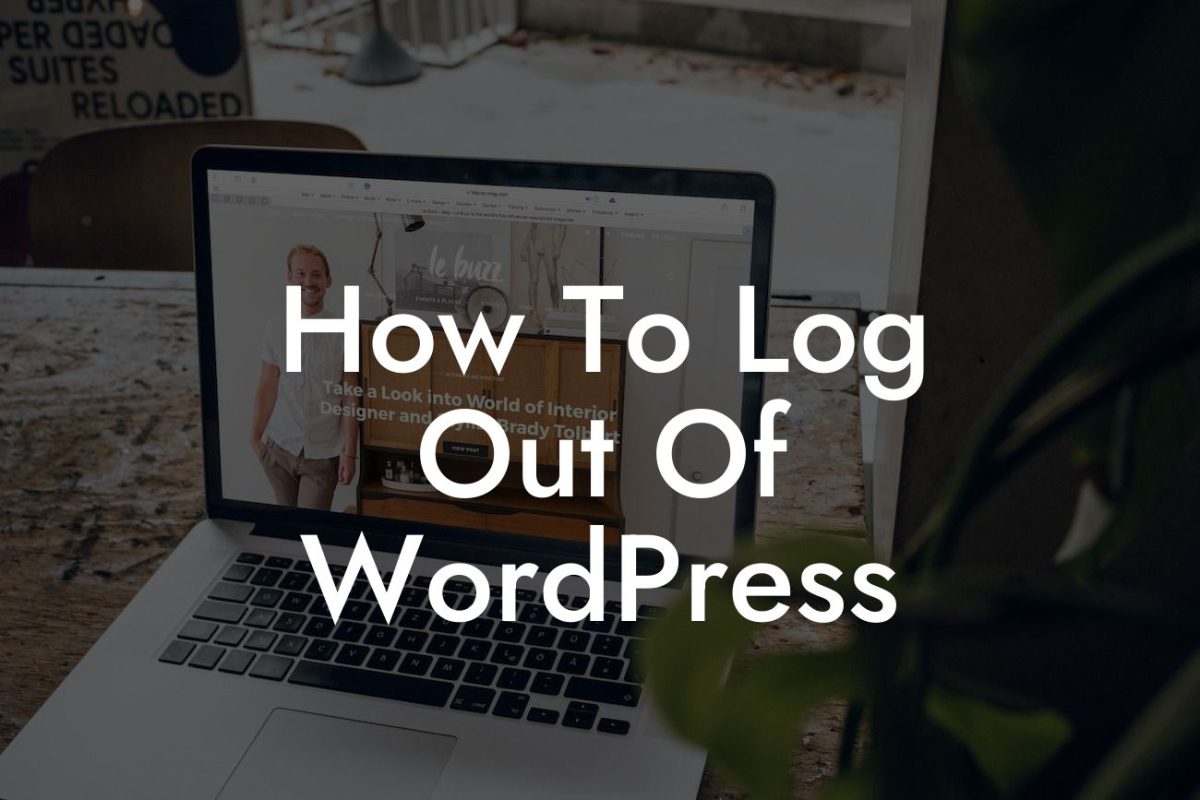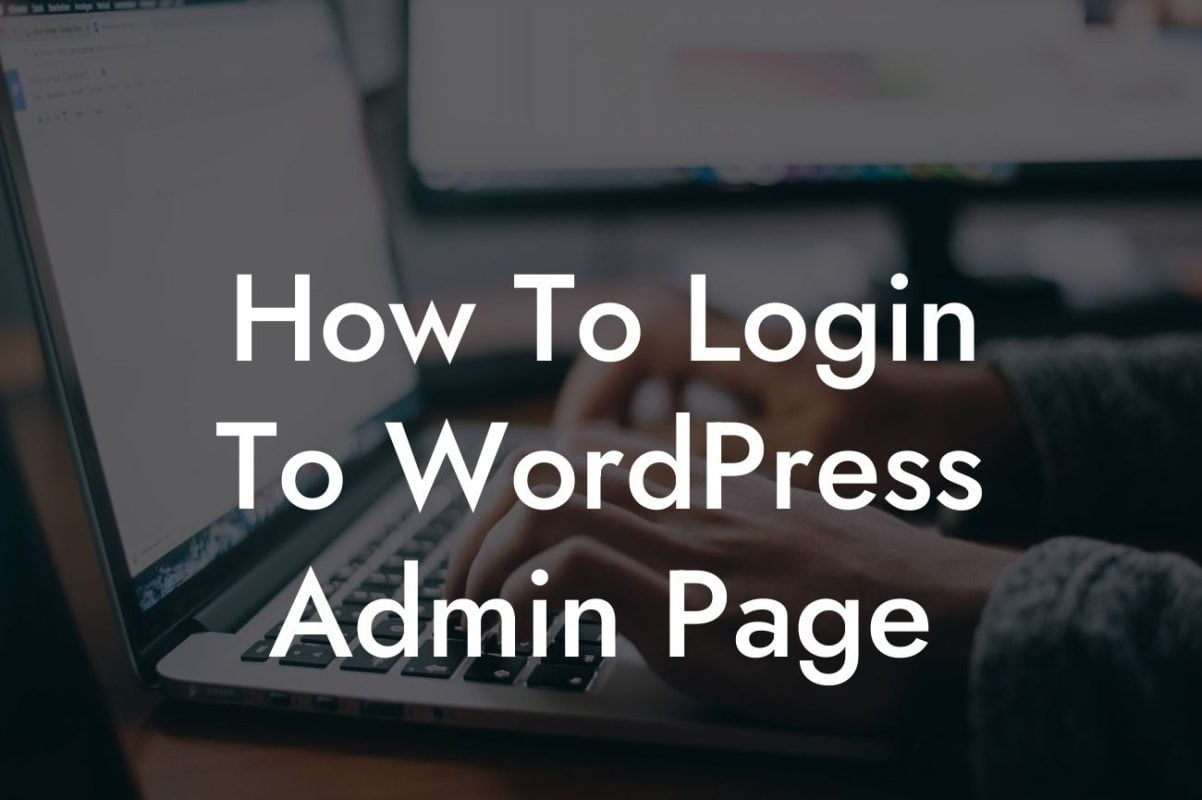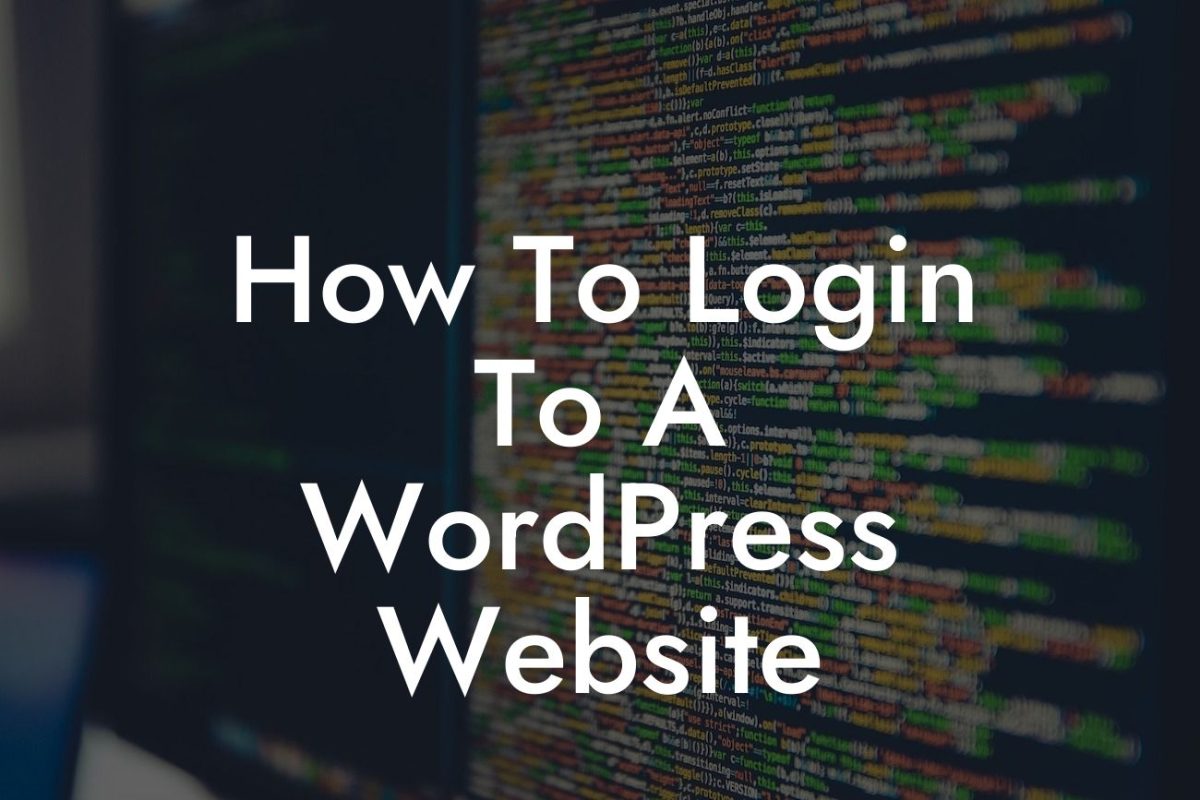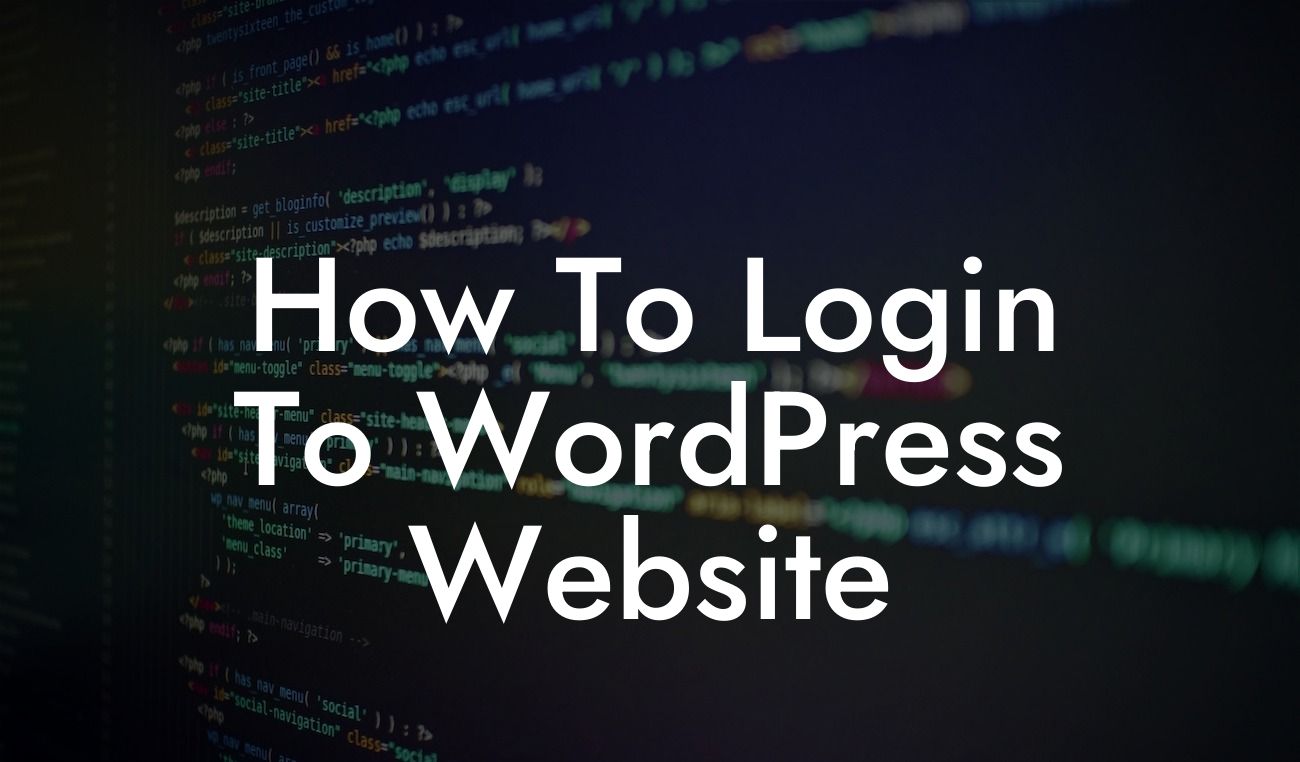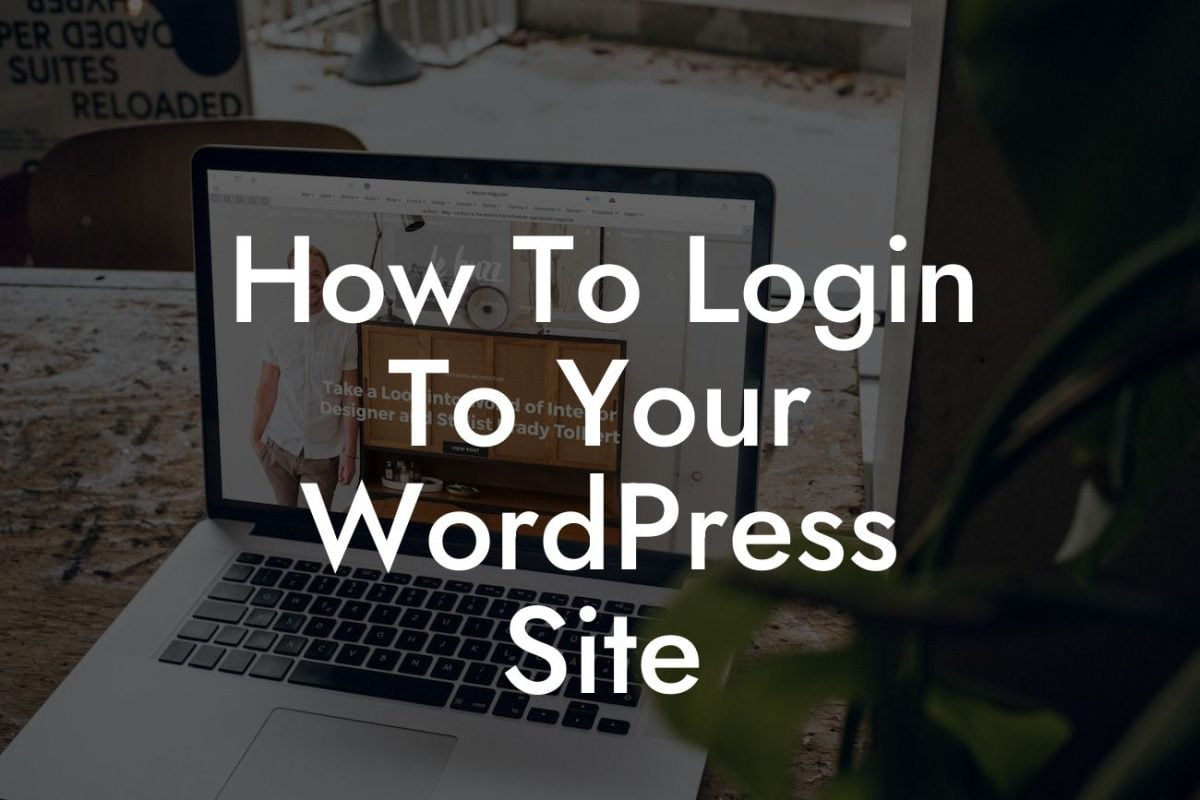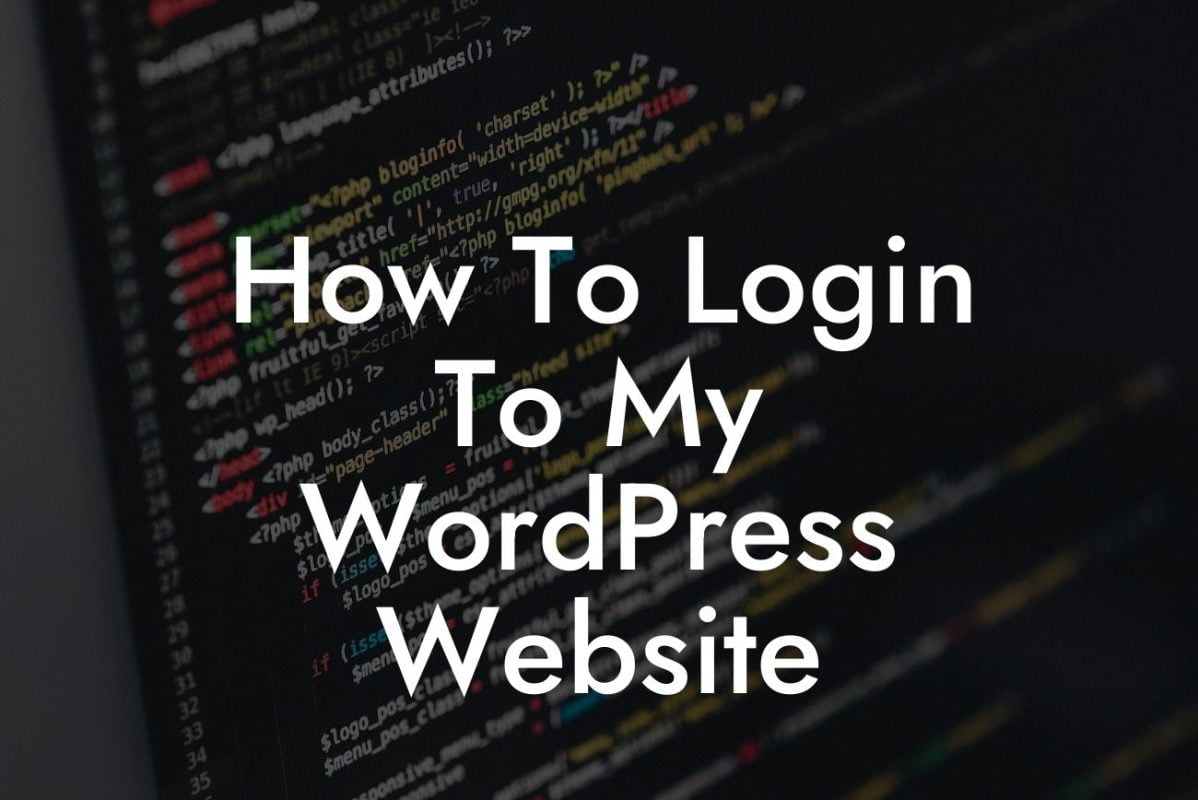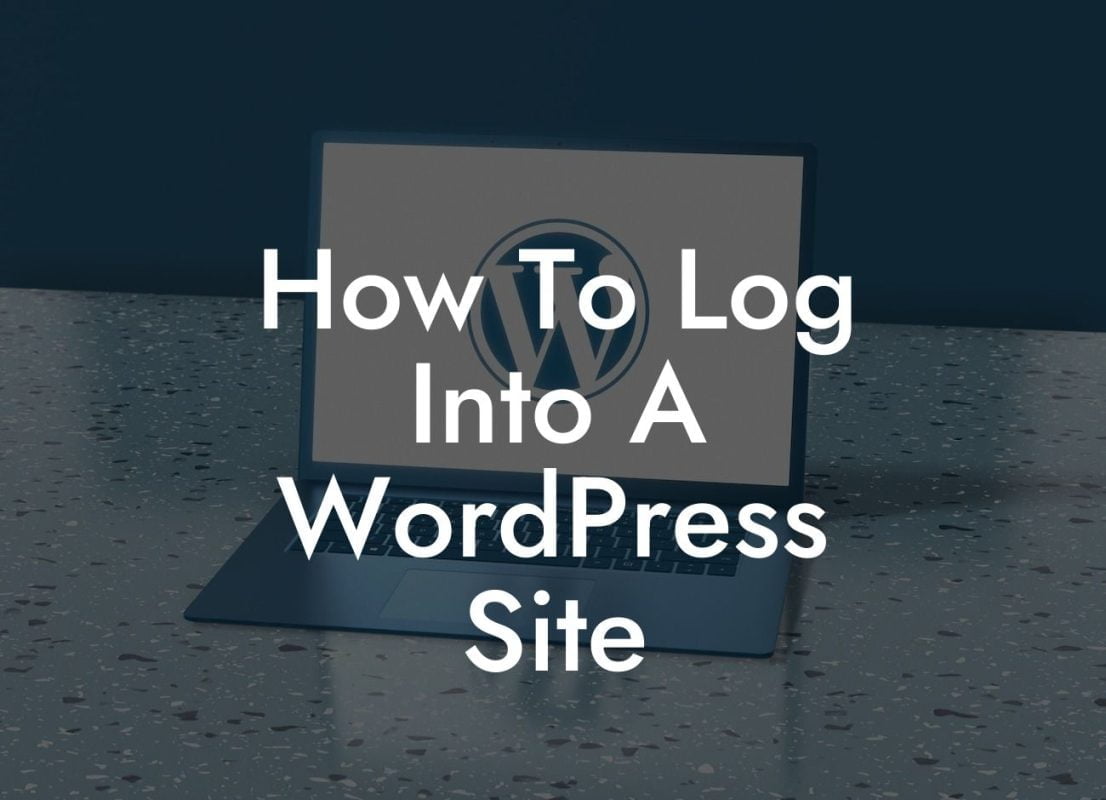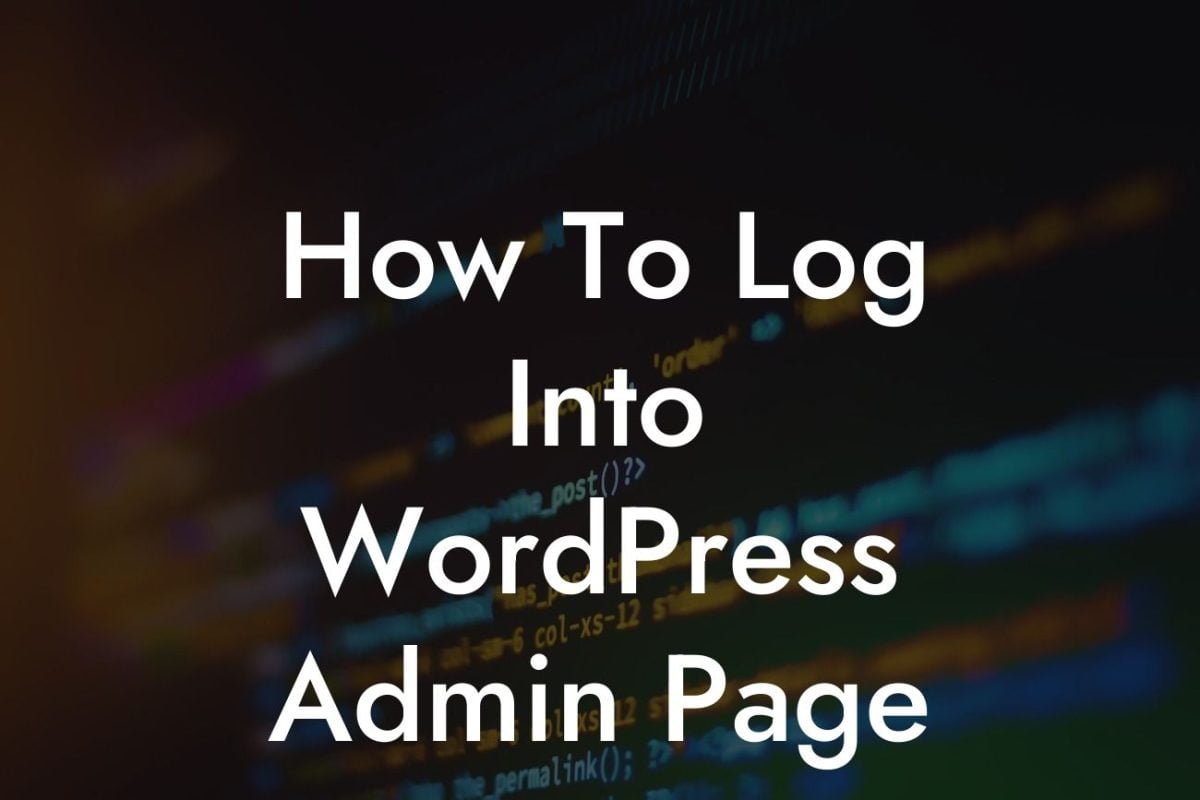Are you tired of the standard WordPress admin page? Looking to customize it to better fit your brand and enhance your user experience? Well, you're in luck! In this guide, we will delve into the world of WordPress admin page customization using PHP. By the end of this article, you'll have the knowledge and tools to create a unique admin page that truly represents your small business or entrepreneurial venture. So, let's get started on this exciting journey of transformation!
Changing the appearance and functionality of your WordPress admin page requires some knowledge of PHP, the server-side scripting language used in WordPress. Don't worry if you're not familiar with PHP – we'll break it down into simple steps for you.
1. Prepare Your Theme:
Before making any changes, create a child theme to avoid losing your modifications in future theme updates. This ensures that your customizations remain intact while allowing you to enjoy the latest updates and features from your theme provider.
2. Locate the Template File:
Looking For a Custom QuickBook Integration?
Identify the template file responsible for rendering the admin page. This can vary depending on your theme, but commonly found files include "admin.php" or "functions.php". Use a code editor to open the file and proceed to the next step.
3. Customize Your Admin Page:
Within the template file, you can modify various elements of your admin page. Use H2 and H3 headings to organize your changes and improve readability. You can update the page title, rearrange or remove sections, and even add custom functionality using PHP code.
4. Utilize Bullet and Ordered Lists:
To make your changes more manageable, break them down into bullet or ordered lists. This allows readers to follow along and implement the modifications in a step-by-step manner. Remember to explain the purpose and benefits of each customization to engage your audience.
Wordpress Admin Page Change Php Example:
Let's say you're running a small e-commerce business, and you want to personalize your admin page to align with your brand. You can start by changing the page title to "MyStore Admin Panel". Then, rearrange the sections based on your preferences – move the Orders section to the top for easy access and visibility.
Next, you decide to add a custom functionality that displays a live sales graph. With PHP, you can retrieve data from your sales database and visualize it using a chart library like Chart.js. This not only enhances the aesthetics of your admin page but also provides valuable insights on your sales performance.
Congratulations! You've successfully customized your admin page with PHP and taken a significant step towards strengthening your online presence. Remember, creativity is key when it comes to WordPress customization. Explore DamnWoo's other guides for more helpful tips and tricks to elevate your website further. Don't forget to try our awesome plugins, tailor-made for small businesses and entrepreneurs like you. Share this article with others who may benefit from it and let them experience the extraordinary as well.
With DamnWoo, there are no limitations – only endless possibilities!
(Note: The content inside the Detailed Content and Wordpress Admin Page Change Php Example sections should be outputted in HTML format)

